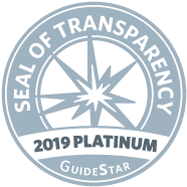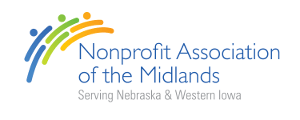Make a mess this Spring Break with literacy crafts
They say that knowledge is power. In our changing world, with more and more information to locate, sift through, and evaluate it can be overwhelming to determine how to best support our child(ren)’s development. Fortunately, there is not a one-size fits all approach when it comes to the best way of supporting early literacy.
Research has found that children have more success with literacy and language development when the approach is tailored to their interests, experiences, and prior knowledge.
As a parent, I have found this to be true with my own children. My daughter has always loved art and can spend hours drawing, coloring, or painting. Luckily, art activities are a great way to promote literacy development in young children by engaging their senses in creative play and developing cognitive, social-emotional and multi-sensory skills.
Children who draw pictures about books they have read improve their reading comprehension and story understanding. Art tools provide early learners with pre-writing experiences as they grasp tools that later help them hold a pencil. Art develops expressive skills that enhance writing, and also promotes print awareness, spatial relations skills, and visual literacy.
Brain research indicates that children and adults retain information much better when hands-on activities (like art) are paired with learning.
For example, children generally only remember 10% of what they read but that number increases to 90% if they are engaged in a hands-on activity.
If you have a budding artist at home, here are a few suggestions for easy activities that promote literacy development:
Make a Book
My mom creates books for my kids out of paper and binder rings. She makes a simple sentence on each page using my daughter’s sight word of the week. My daughter loves illustrating each page and reading the book together once it is completed. For younger children, like my son, we make alphabet books where he draws pictures of items beginning with each letter. My kids love designing and showing off their books.
Letter Collage
Have your child cut letters or sight words like “it”, “and”, “the”, etc. out of old magazines to make a picture collage. For older children, you can make the activity more challenging by giving them a specific list of words or letters to find.
Playdough Letters
Use alphabet cookie cutters to help your child form letters and words. My kids love to use them to practice spelling names or to practice identifying simple sight words.
Water Painting
When it finally warms up take your child outside with a bucket of water and paint brush to “paint” letters or their name on the sidewalk. I love this activity because it requires no prep or clean up!
Beading with Letter Beads
This activity can be easily adapted for multiple skill levels. For younger children, seek out letters in their name or help them find a specific letter. Older children can work on using the beads to spell their names or other simple words.
Shaving Cream Letters
Lay out wax paper flat on a table and spray a large pile of aerosol shaving cream over the wax paper. Have your child spread out the cream and practice their writing skills by forming letters or words with their fingers. This activity is also helpful for fine motor skill development. I buy shaving cream and wax paper from Dollar Tree so it’s a relatively inexpensive activity that keeps my children entertained for a solid 45 minutes. #Parentingwin
White Board Projects
Another great Dollar Tree purchase is small white boards since they are very versatile. I make letters for my son to trace and ask him to draw a picture of an item that corresponds to the letter. My daughter illustrates a picture and then has to write a simple sentence about her drawing. You can do the same activity on a window using washable window markers if you don’t have white boards.
Smelly Letters
This activity helps children recognize letters while engaging their senses. You will need construction paper, a pen, liquid glue, and flavored gelatin powder. Start by cutting each piece of paper into quarters. Print one letter onto each sheet and squeeze the glue over each line. Help your child sprinkle the gelatin powder onto each glue letter. After the glue dries, they will have an alphabet they can see, touch, and smell.

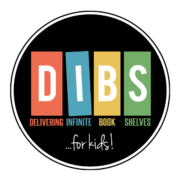
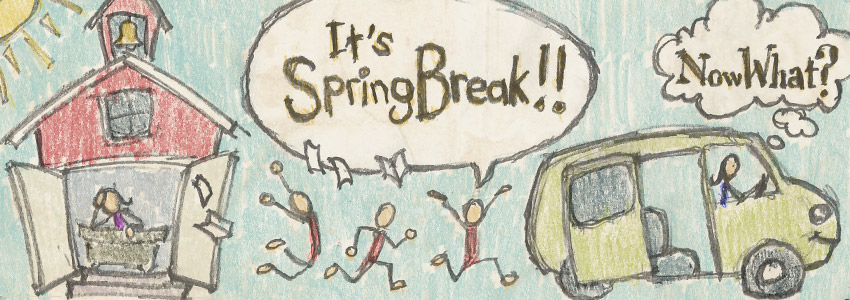
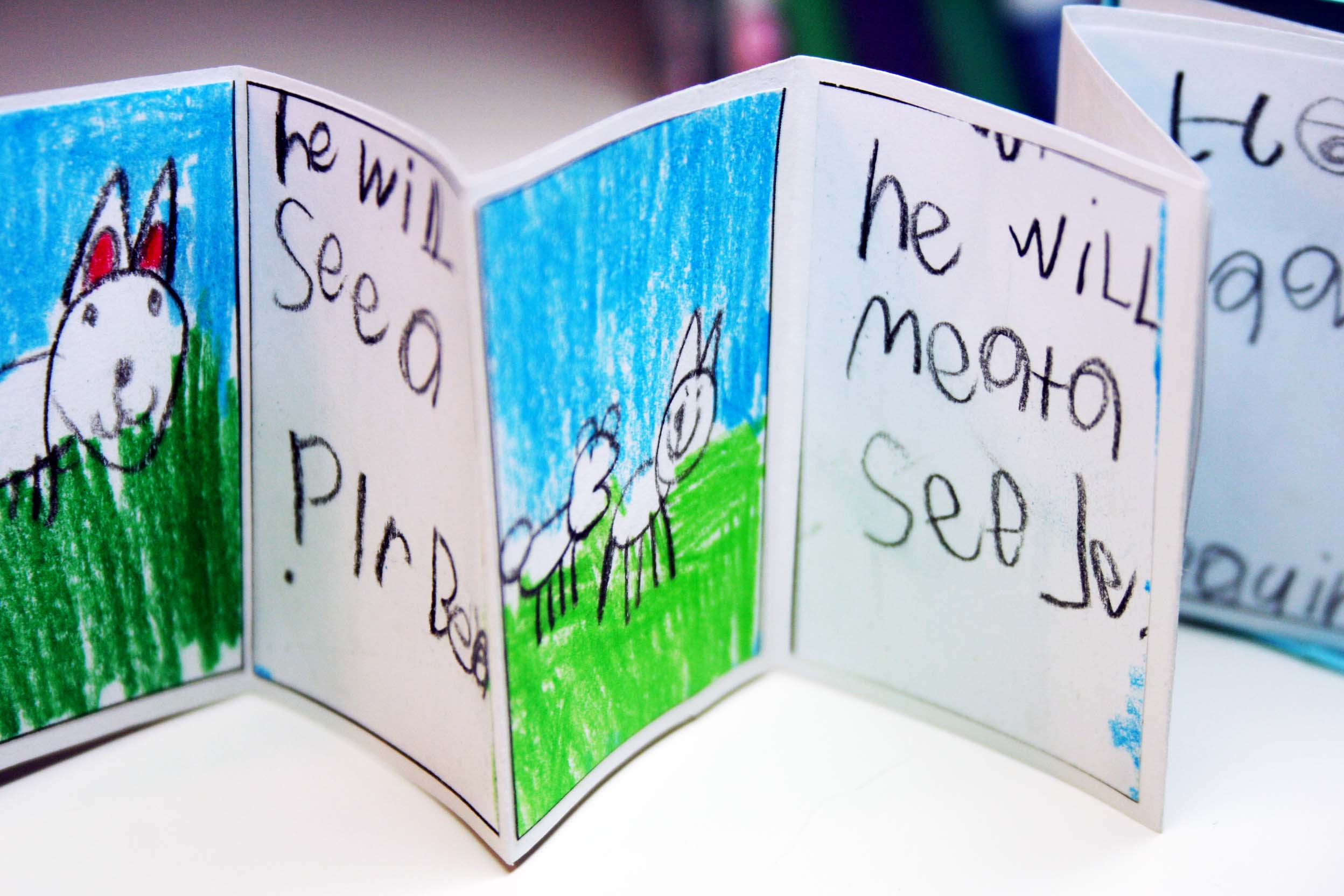

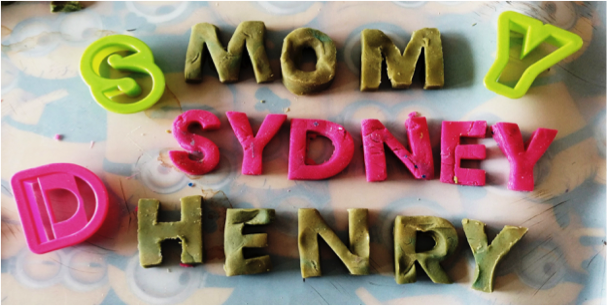
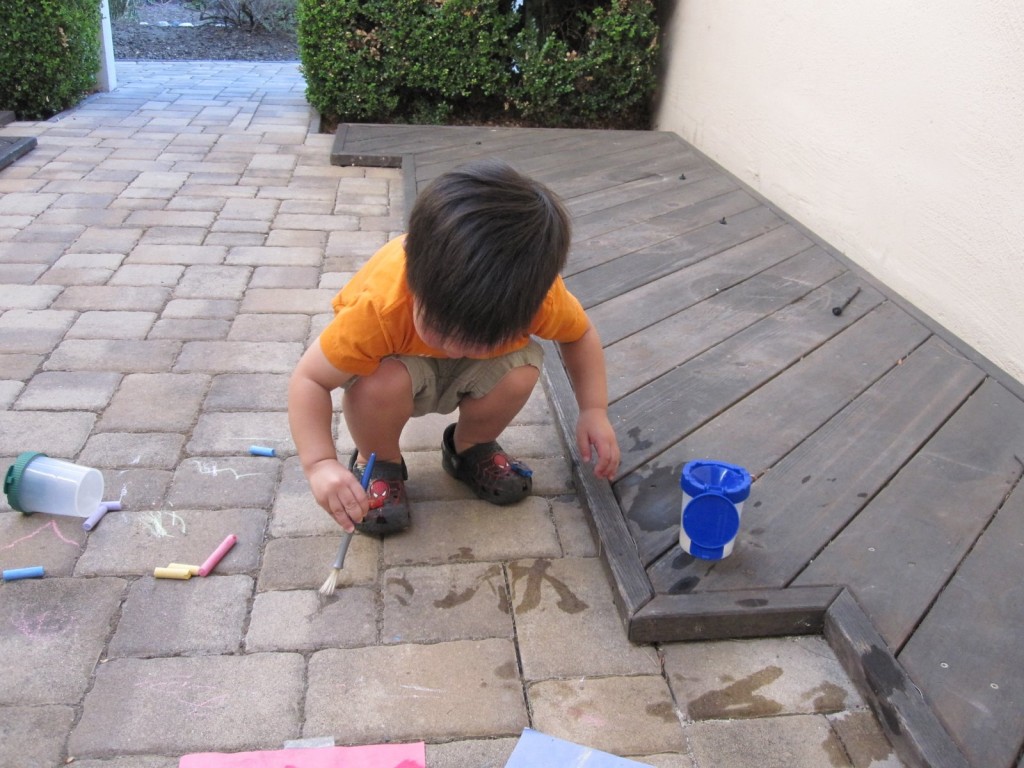

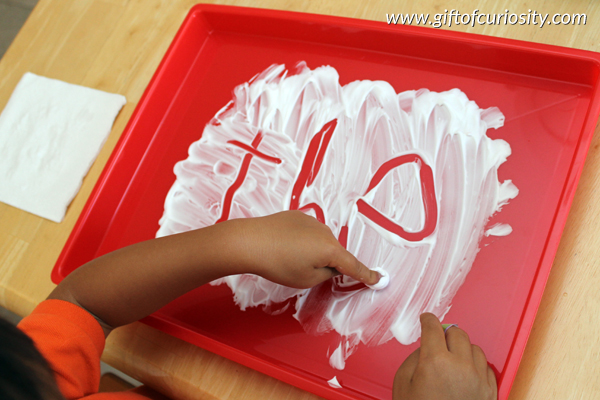

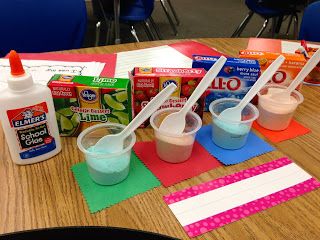
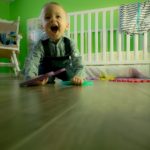 Previous Post
Previous Post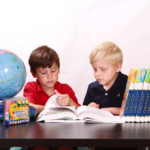 Next Post
Next Post